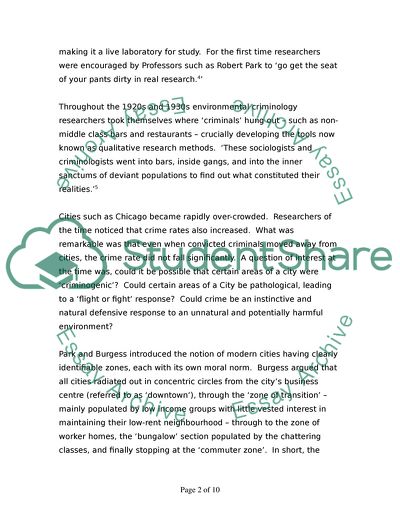Cite this document
(To What Extent Is Criminal Behaviour Influenced by Environmental Literature review, n.d.)
To What Extent Is Criminal Behaviour Influenced by Environmental Literature review. Retrieved from https://studentshare.org/sociology/1707116-to-what-extent-is-criminal-behaviour-influenced-by-environmental-factors-discuss-with-reference-to-at-least-two-social-theories-of-crime
To What Extent Is Criminal Behaviour Influenced by Environmental Literature review. Retrieved from https://studentshare.org/sociology/1707116-to-what-extent-is-criminal-behaviour-influenced-by-environmental-factors-discuss-with-reference-to-at-least-two-social-theories-of-crime
(To What Extent Is Criminal Behaviour Influenced by Environmental Literature Review)
To What Extent Is Criminal Behaviour Influenced by Environmental Literature Review. https://studentshare.org/sociology/1707116-to-what-extent-is-criminal-behaviour-influenced-by-environmental-factors-discuss-with-reference-to-at-least-two-social-theories-of-crime.
To What Extent Is Criminal Behaviour Influenced by Environmental Literature Review. https://studentshare.org/sociology/1707116-to-what-extent-is-criminal-behaviour-influenced-by-environmental-factors-discuss-with-reference-to-at-least-two-social-theories-of-crime.
“To What Extent Is Criminal Behaviour Influenced by Environmental Literature Review”, n.d. https://studentshare.org/sociology/1707116-to-what-extent-is-criminal-behaviour-influenced-by-environmental-factors-discuss-with-reference-to-at-least-two-social-theories-of-crime.


